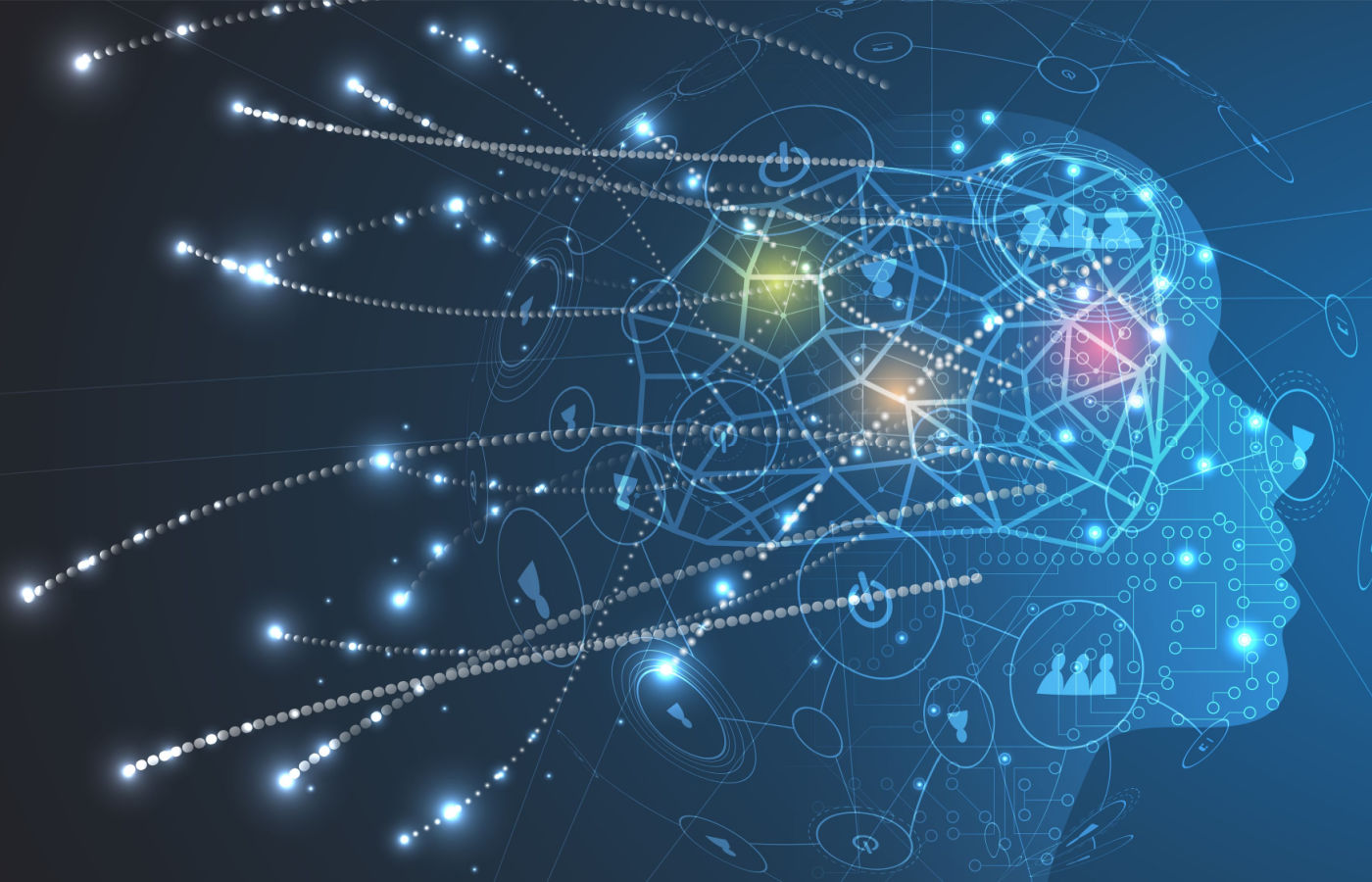
Neural networks are everywhere, from your smartphone's voice assistant to self-driving cars. But what exactly are they? Neural networks are computer systems modeled after the human brain, designed to recognize patterns and solve problems. They consist of layers of interconnected nodes, or "neurons," that process data in a way similar to our own neural pathways. These networks can learn from data, making them incredibly powerful tools for tasks like image recognition, language translation, and even playing complex games. Curious about how they work and their real-world applications? Here are 30 fascinating facts about neural networks that will help you understand their impact on technology and our daily lives.
What Are Neural Networks?
Neural networks are a type of artificial intelligence modeled after the human brain. They consist of interconnected nodes, or neurons, that process data in layers. These networks can learn from data, making them powerful tools for tasks like image recognition and language processing.
- Neural networks are inspired by the structure of the human brain.
- They consist of layers of nodes, known as neurons.
- Each neuron receives input, processes it, and passes it to the next layer.
- Neural networks can learn from data through a process called training.
- They are used in various applications, including image recognition and natural language processing.
History of Neural Networks
Understanding the history of neural networks helps appreciate their development and significance. From early concepts to modern advancements, neural networks have come a long way.
- The concept of neural networks dates back to the 1940s.
- Warren McCulloch and Walter Pitts created the first mathematical model of a neural network in 1943.
- The Perceptron, an early neural network, was developed by Frank Rosenblatt in 1958.
- Neural networks gained popularity in the 1980s with the advent of backpropagation.
- Modern neural networks benefit from advancements in computing power and data availability.
Types of Neural Networks
Different types of neural networks serve various purposes. Each type has unique characteristics and applications.
- Feedforward neural networks are the simplest type, where data moves in one direction.
- Convolutional neural networks (CNNs) are used primarily for image processing tasks.
- Recurrent neural networks (RNNs) are designed for sequential data, like time series or text.
- Long short-term memory (LSTM) networks are a type of RNN that can remember long-term dependencies.
- Generative adversarial networks (GANs) consist of two networks competing to generate realistic data.
How Neural Networks Learn
Neural networks learn by adjusting the weights of connections between neurons. This process involves several steps and techniques.
- Training involves feeding the network data and adjusting weights based on errors.
- Backpropagation is a common method for updating weights by calculating gradients.
- Activation functions determine the output of a neuron, with common types including ReLU and sigmoid.
- Loss functions measure the difference between the network's output and the actual result.
- Optimization algorithms like gradient descent help minimize the loss function.
Applications of Neural Networks
Neural networks have a wide range of applications across different fields. Their ability to learn and adapt makes them valuable tools.
- Image recognition uses CNNs to identify objects in photos and videos.
- Natural language processing (NLP) involves tasks like translation and sentiment analysis.
- Speech recognition converts spoken language into text.
- Autonomous vehicles rely on neural networks for navigation and decision-making.
- Healthcare applications include diagnosing diseases and predicting patient outcomes.
Challenges and Limitations
Despite their capabilities, neural networks face several challenges and limitations. Understanding these helps in developing better models.
- Overfitting occurs when a network learns the training data too well but performs poorly on new data.
- Underfitting happens when a network fails to learn the training data adequately.
- Computational requirements for training large networks can be significant.
- Data quality is crucial, as poor data can lead to inaccurate models.
- Interpretability of neural networks is often difficult, making it hard to understand their decision-making process.
The Power of Neural Networks
Neural networks have transformed how we approach complex problems. From image recognition to natural language processing, these systems mimic the human brain's ability to learn and adapt. They excel at tasks that were once thought impossible for machines, like predictive analytics and autonomous driving.
Understanding the basics of neural networks can help you appreciate their impact on technology and daily life. They’re not just for tech experts; anyone can grasp their significance. As they continue to evolve, expect even more groundbreaking applications.
Whether you're a student, a professional, or just curious, knowing about neural networks opens up a world of possibilities. They’re a testament to human ingenuity and the endless potential of technology. So, keep exploring, stay curious, and watch as neural networks shape the future.
Was this page helpful?
Our commitment to delivering trustworthy and engaging content is at the heart of what we do. Each fact on our site is contributed by real users like you, bringing a wealth of diverse insights and information. To ensure the highest standards of accuracy and reliability, our dedicated editors meticulously review each submission. This process guarantees that the facts we share are not only fascinating but also credible. Trust in our commitment to quality and authenticity as you explore and learn with us.


